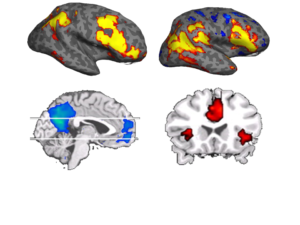Faculty

Sridharan Devarajan
Associate ProfessorPhone : +91 80 2293 3434
E-Mail : coglabcns.iisc[at]gmail.com
web : https.cns.iisc.ac.in/sridhar/
Research Areas
Cognition, Computation and Behaviour
Research Details
 How does our brain enable us to pay attention selectively to some things, and to ignore others? What happens in the brain when we make important decisions? Our research focuses on understanding the neural basis of cognitive phenomena such as selective attention and decision making.
How does our brain enable us to pay attention selectively to some things, and to ignore others? What happens in the brain when we make important decisions? Our research focuses on understanding the neural basis of cognitive phenomena such as selective attention and decision making.
To address these questions we follow a quantitative approach that combines neuroscience experiments, model-based analyses (e.g., linear/nonlinear dynamical systems, control theory, machine learning) as well as large-scale computer simulations.
To develop and refine our hypotheses we directly measure or perturb brain activity in human subjects performing cognitively demanding tasks. We employ a variety of cutting-edge techniques, including functional neuroimaging (fMRI), diffusion imaging (dMRI), high-density electroencephalography (EEG), and transcranial electrical and magnetic stimulation (tES/tMS).
The overarching goal is to develop a unified framework that describes how cognitive phenomena emerge from neural computations by a systematic analysis of neurons and behavior. We are looking for students interested in understanding from diverse backgrounds (biology, computing, engineering, physics) to join us. For a flavor of some of our work (past and ongoing), do feel free to look around

